Geyer Bank
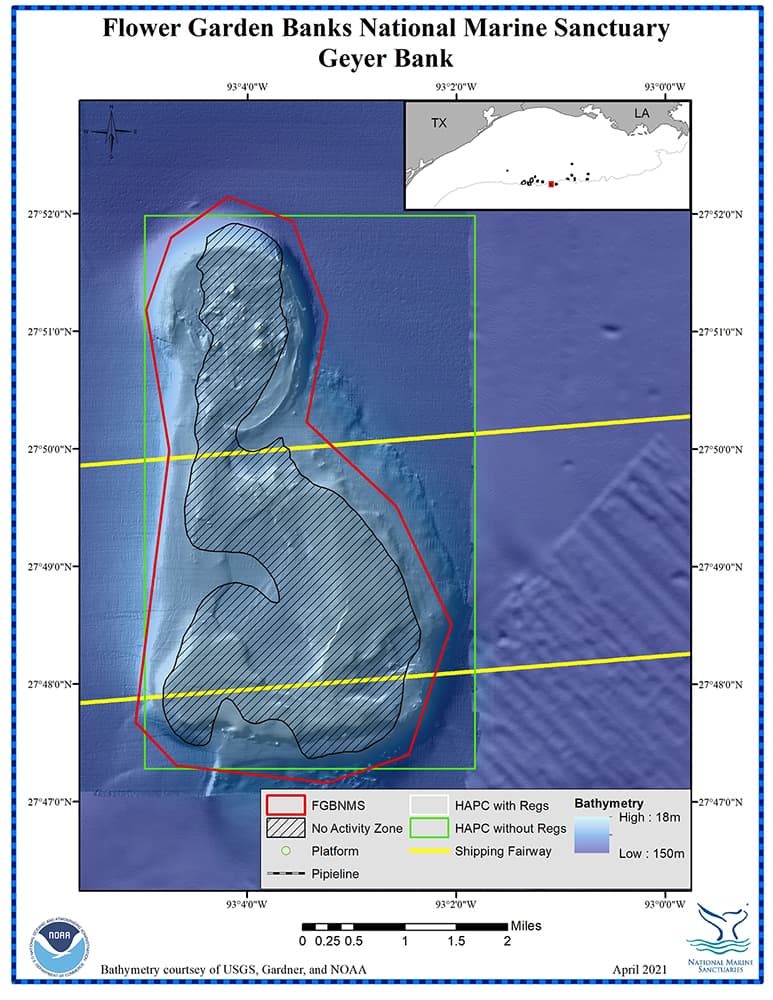
Depth Range: 105-722 feet (32-220 meters)
Distance from Land: 125 miles (201 km)
Area: 11.5 square miles (29.8 sq km)
Geyer Bank is pear-shaped with two distinct domes and sits atop an active salt diaper on the upper continental slope. It supports a coral community, as well as mesophotic coral habitats including black corals, octocorals, fish, sponges, algae and invertebrates.
Geyer Bank was named after Richard A. Geyer, a Texas A&M University geophysicist.
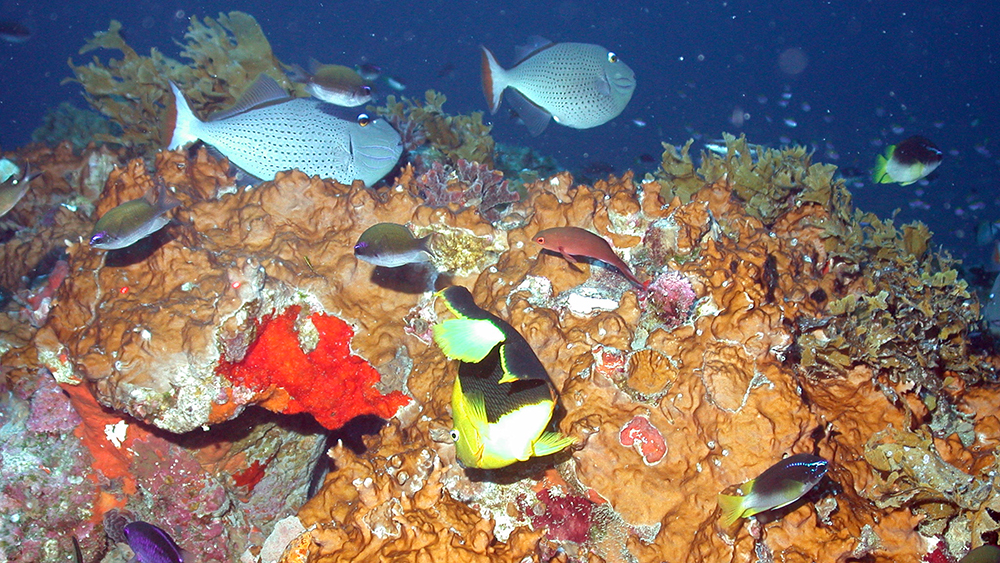
Diver surveys have documented a sargassum bloom on the reef crest, as well as enormous numbers of reef butterflyfish (Chaetodon sedentarius) at certain times of year.
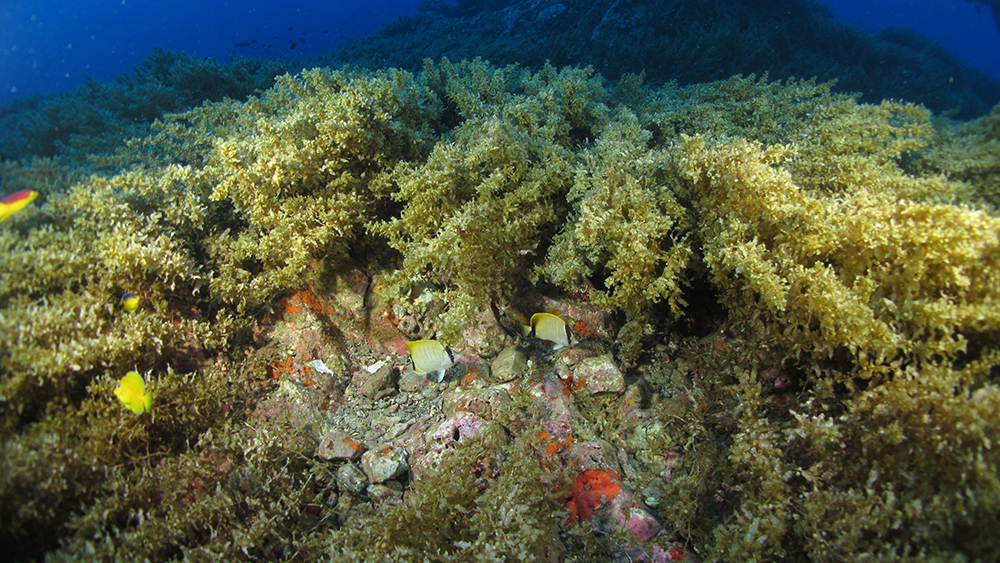
The coral community on the reef crest is made up of at least four species of reef-building coral, as well as an invasive species, Tubastraea coccinea. Sanctuary research staff conducted a Tubastraea removal exercise with NASA divers in 2006, and removed 46 colonies of the invasive coral.
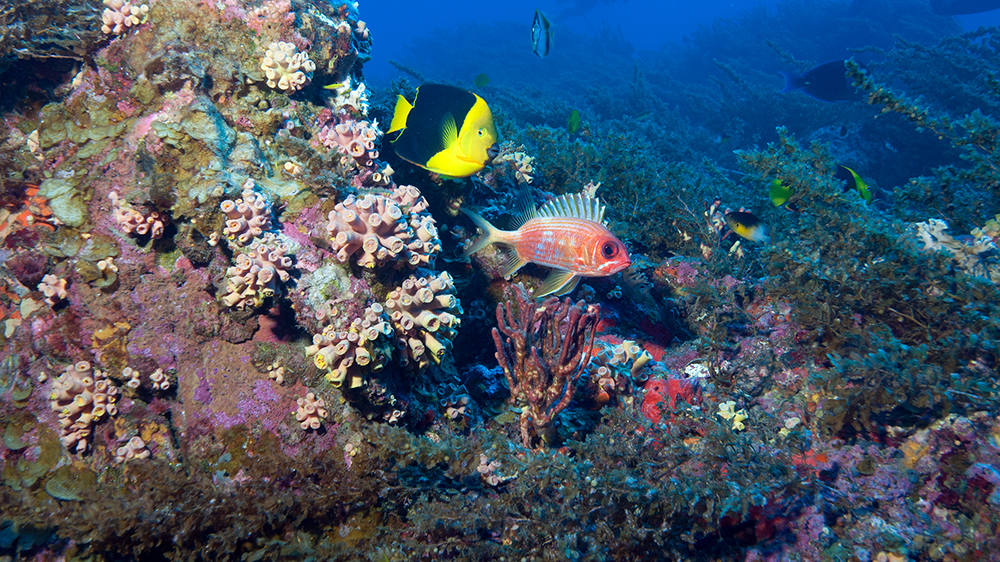
Geyer Bank is also thought to be the first known spawning site for aggregations of marbled grouper (Dermatolepis inermis), a rare species. This aggregation may be under considerable threat from fishing pressure.
In addition, a shipping lane cuts across the top of the bank. Unfortunately, this makes it a convenient place to drop anchor, impacting the resources. A large tanker anchored on top of the feature in 2011, just outside of the shipping lane.
Geyer Bank is a designated Habitat Area of Particular Concern (HAPC), a type of Essential Fish Habitat.
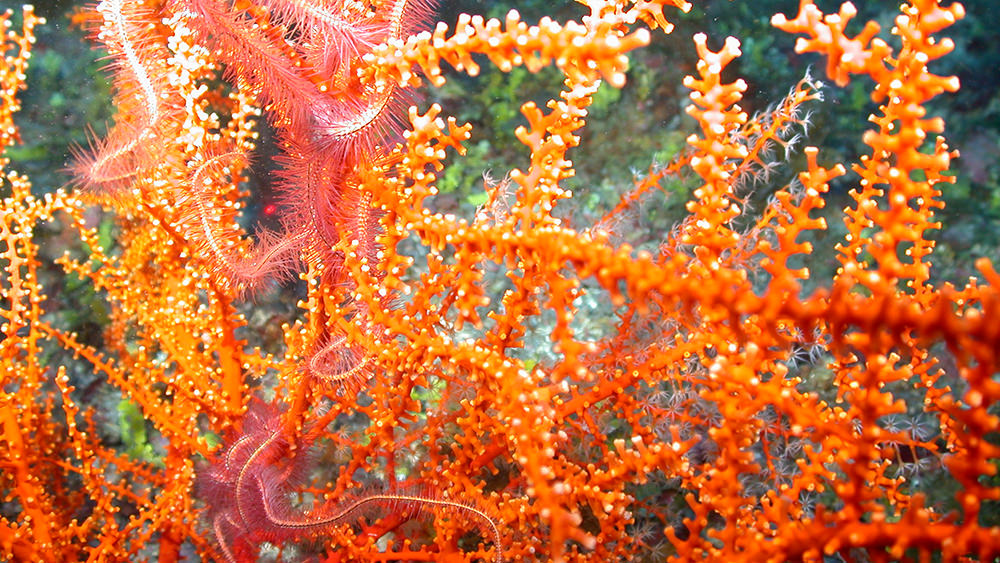
Who Was Richard Geyer?
Dick Geyer (1915-2002) was a geophysicist at Texas A&M. As head of the university's Department of Oceanography from 1966-1980, he was known as the "grandfather of oceanography." While there, he served as series editor for the Texas A&M Oceanographic Studies series, which included Contributions on the Biology of the Gulf of Mexico.

